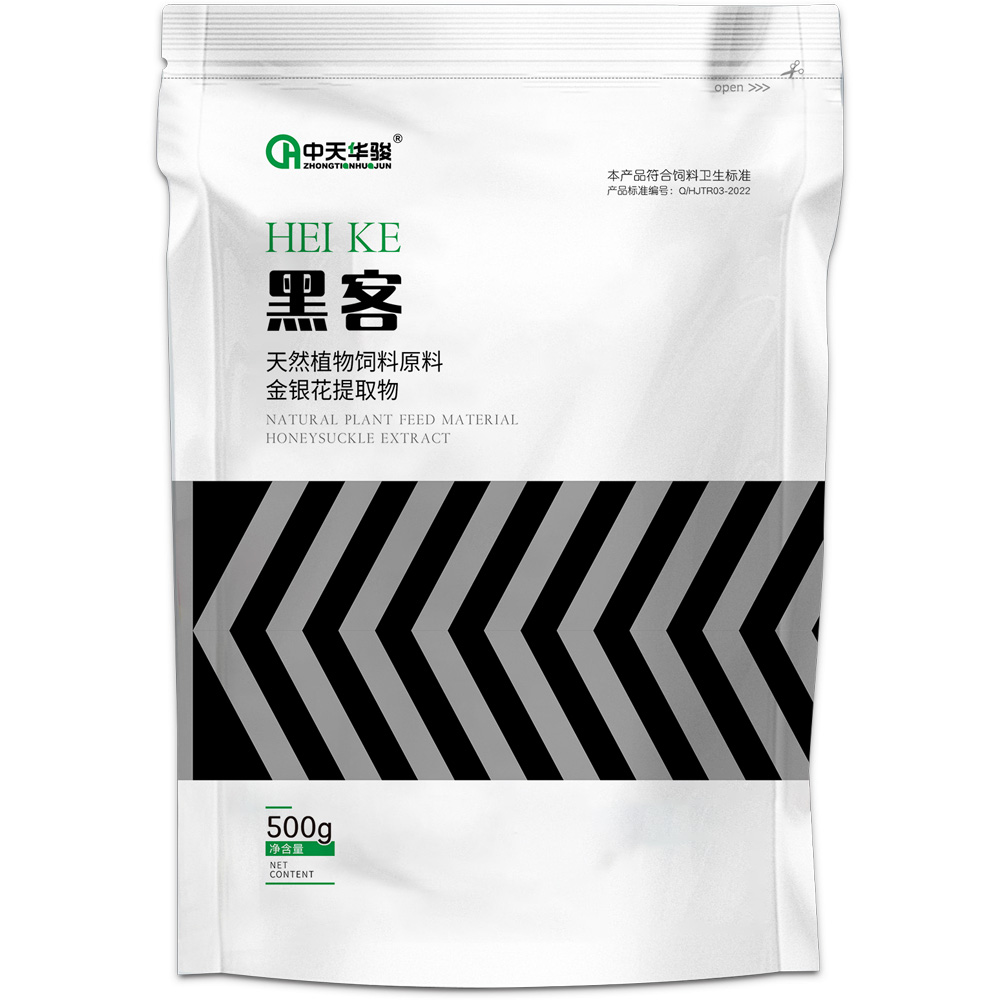
Oct . 03, 2024 09:22 Back to list
Optimal Nutrition Strategies for Fish Feed Production in Aquaculture Industry
The Importance of Nutrition in Fish Feed Factories
In the aquaculture industry, the quality of fish feed is paramount, as it directly affects the growth, health, and sustainability of fish production. Fish feed factories play a crucial role in the formulation and production of high-quality fish feed that meets the specific nutritional requirements of various fish species. Understanding the nutritional aspects of fish feed is vital for improving fish health and maximizing growth efficiency, thus ensuring the profitability and sustainability of aquaculture operations worldwide.
Understanding Fish Nutrition
Fish are ectothermic animals, meaning their body temperature is regulated by the surrounding water. This characteristic influences their metabolic rates and nutritional needs. Unlike terrestrial animals, fish also have unique digestive systems adapted to their natural diets, which often include a mix of protein, fats, carbohydrates, vitamins, and minerals. In fish feed manufacturing, the challenge lies in designing feeds that mimic the nutritional profiles of fish's natural diets while also considering the specific needs of different species at various life stages.
Key Nutritional Components
1. Proteins Proteins are vital for fish growth, maintenance, and repair of tissues. They provide essential amino acids that fish cannot synthesize on their own. Aquaculture nutritionists often source proteins from fish meal, soybean meal, and other plant-based sources. The right balance of essential amino acids is critical for optimal growth and feed efficiency.
2. Lipids (Fats) Fats are concentrated sources of energy and play a role in the absorption of fat-soluble vitamins. They also contribute to the overall health of fish, supporting immune function and enhancing reproductive performance. Fish feed often includes a mix of both plant and fish oils to fulfill the necessary lipid requirements.
3. Carbohydrates Although not a primary energy source for many fish species, carbohydrates can provide an alternative energy source when formulated correctly. The inclusion of carbohydrates can also aid in the overall digestibility of the feed.
4. Vitamins and Minerals Vitamins and minerals are essential for numerous metabolic processes, including growth, reproduction, and immunity. Fish feed must be fortified with the right amounts of these micronutrients to prevent deficiencies that could lead to health problems and reduced growth rates.
Formulation of Fish Feed
nutrition fish feed factory

The formulation process in fish feed factories involves comprehensive research and development to ensure that feeds are balanced and tailored to the specific needs of the target fish species
. This process typically includes- Ingredient Selection Manufacturers must carefully select raw materials based on their nutritional profiles, availability, and cost. Sustainable sourcing is increasingly important, with a focus on reducing the reliance on marine resources.
- Nutritional Analysis Rigorous testing and analysis of the nutritional composition of raw ingredients is essential. This ensures that the final product meets the required specifications for essential nutrients.
- Formulation Techniques Advanced techniques such as extrusion, pelleting, and coating are employed to produce high-quality fish feed. These processes help to improve the digestibility of the nutrients, the palatability of the feed, and the stability of the feed in water.
The Role of Technology and Innovation
Advancements in technology continue to shape the aquaculture industry and fish feed production. Innovations such as the use of alternative protein sources (e.g., insect meal, algae) and precision nutrition—where feed is tailored to the specific metabolic needs of individual fish—are emerging trends. Moreover, the application of artificial intelligence and big data analytics in feed formulation helps manufacturers optimize feed efficiency and reduce waste.
Sustainability Considerations
Sustainability is a major focus in the fish feed industry. Overfishing and the depletion of marine resources have prompted a shift toward more sustainable practices. This includes the use of alternative ingredients that do not rely on wild fish stocks, thus reducing the pressure on marine ecosystems.
Conclusion
The importance of proper nutrition in fish feed factories cannot be overstated. The health and growth of fish are intrinsically linked to the quality of their feed, which in turn impacts the entire aquaculture sector. By prioritizing nutritional research and innovation, fish feed manufacturers can foster sustainable practices while meeting the increasing global demand for fish products. Ultimately, the success of aquaculture relies heavily on the advancements made in fish feed technology, ensuring that fish farming is economically viable and environmentally responsible for generations to come.
-
Top Vitamin C Factory | AI-Powered with GPT-4 Turbo
NewsAug.04,2025
-
Immunovital Fish Feed Factory | AI-Optimized Nutrition
NewsAug.03,2025
-
Quality Bacillus Coagulans BC30 Factory - Expert Production
NewsAug.02,2025
-
China Salivation AI with GPT-4 Turbo Features
NewsAug.01,2025
-
Epic Sepsis Factories: AI-Driven Detection with GPT-4 Turbo
NewsJul.31,2025
-
Acute Salpingitis and Oophoritis AI Factory
NewsJul.31,2025




